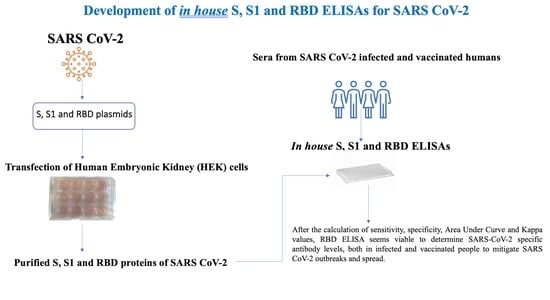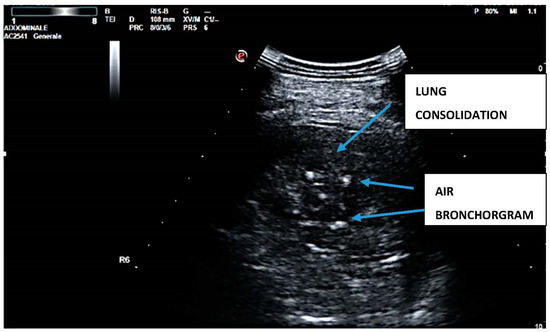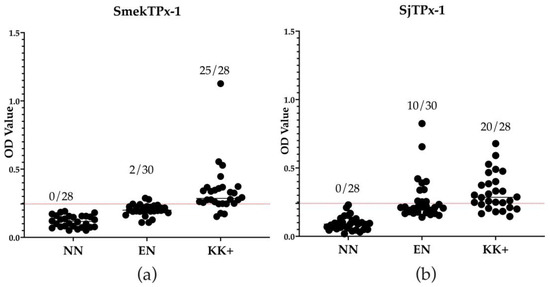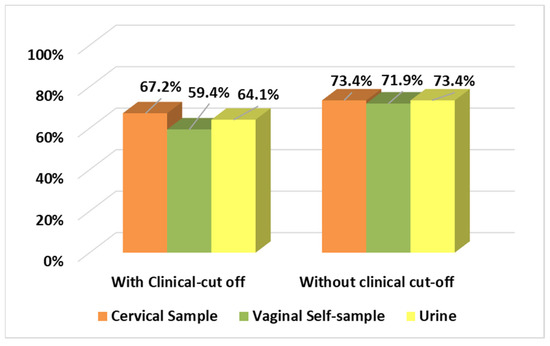Diagnostics 2022, 12(12), 3089; https://doi.org/10.3390/diagnostics12123089 - 8 Dec 2022
Cited by 1 | Viewed by 1742
Abstract
Radiotherapy (RT) plays a crucial role in all stages of lung cancer. Data on recent real-world RT patterns and main drivers of RT decisions in lung cancer in Romania is scarce; we aimed to address these knowledge gaps through this physician-led medical chart
[...] Read more.
Radiotherapy (RT) plays a crucial role in all stages of lung cancer. Data on recent real-world RT patterns and main drivers of RT decisions in lung cancer in Romania is scarce; we aimed to address these knowledge gaps through this physician-led medical chart review in 16 RT centers across the country. Consecutive patients with lung cancer receiving RT as part of their disease management between May–October 2019 (pre-COVID-19 pandemic) were included. Descriptive statistics were generated for all variables. This cohort included 422 patients: median age 63 years, males 76%, stages I–II 6%, III 43%, IV 50%, mostly adeno- and squamous cell carcinoma (76%), ECOG 0-1 50% at the time of RT. Curative intent RT was used in 36% of cases, palliative RT in 64%. Delays were reported in 13% of patients, mostly due to machine breakdown (67%). Most acute reported RT toxicity was esophagitis (19%). Multiple disease-, patient-, physician- and context-related drivers counted in the decision-making process. This is the first detailed analysis of RT use in lung cancer in Romania. Palliative RT still dominates the landscape. Earlier diagnosis, coordinated multidisciplinary strategies, and the true impact of the multimodal treatments on survival are strongly needed to improve lung cancer outcomes.
Full article
(This article belongs to the Special Issue Diagnosis and Radiotherapy in Oncology)
►
Show Figures












